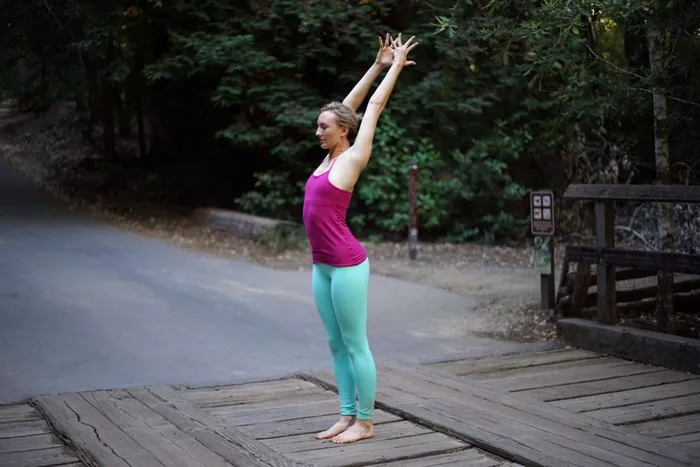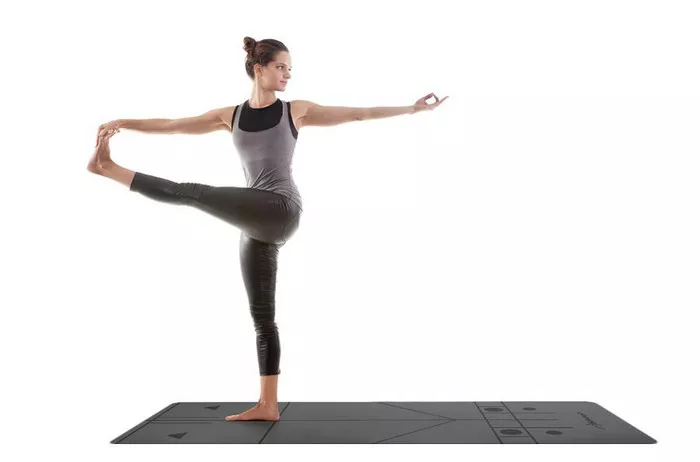Yoga, an ancient practice originating in India, has transcended centuries to become a global phenomenon. Among its various forms, Vinyasa yoga stands out for its fluid movements and synchronized breathwork. It seamlessly blends postures (asanas) with breath (pranayama), creating a harmonious flow that fosters physical and mental well-being. Whether you’re a seasoned yogi or a beginner, mastering the foundational Vinyasa poses lays the groundwork for a fulfilling practice. In this comprehensive guide, we delve into the essence of Vinyasa yoga, exploring its basic poses and their benefits.
Understanding Vinyasa Yoga: A Fusion of Breath and Movement
Vinyasa, derived from the Sanskrit word “nyasa,” meaning “to place,” and the prefix “vi,” indicating “in a special way,” embodies the essence of dynamic sequencing. Unlike other yoga styles that focus on holding poses statically, Vinyasa yoga emphasizes continuous movement, seamlessly transitioning from one pose to another. Each movement is synchronized with the breath, fostering a meditative state and enhancing the flow of prana (life force energy) throughout the body.
The hallmark of Vinyasa yoga lies in its fluidity and creativity. While there’s a framework of poses to guide the practice, instructors often infuse their sequences with personal flair, making each class a unique experience. This fluidity not only keeps the practice engaging but also allows practitioners to adapt it to their needs, making it accessible to individuals of all fitness levels.
The Basic Building Blocks: Essential Vinyasa Yoga Poses
1. Mountain Pose (Tadasana): Begin by standing tall with feet hip-width apart, grounding evenly through all four corners of the feet. Engage the thighs, lift the chest, and roll the shoulders back and down. Arms can be extended alongside the body or brought together in prayer position at the heart center. Tadasana serves as the foundation for all standing poses, fostering stability and alignment.
2. Downward-Facing Dog (Adho Mukha Svanasana): From a tabletop position, tuck the toes under, lift the hips up and back, and straighten the arms and legs, forming an inverted V-shape with the body. Press the hands firmly into the mat, engage the core, and lengthen the spine. Downward-Facing Dog strengthens the upper body, stretches the hamstrings, and rejuvenates the entire body by promoting blood circulation.
3. Plank Pose (Phalakasana): From Downward-Facing Dog, shift the body forward until the shoulders stack directly over the wrists, forming a straight line from head to heels. Engage the core muscles, draw the navel in towards the spine, and keep the neck in line with the rest of the spine. Plank Pose builds core strength, improves posture, and prepares the body for more challenging arm balances.
4. Cobra Pose (Bhujangasana): Lie on the stomach with palms planted beneath the shoulders. Press the tops of the feet and thighs into the mat as you inhale, lifting the chest and head while keeping the elbows close to the body. Draw the shoulder blades down the back and gaze forward. Cobra Pose strengthens the back muscles, opens the heart center, and improves spinal flexibility.
5. Warrior I (Virabhadrasana I): From a standing position, step one foot back, grounding the heel at a 45-degree angle. Bend the front knee, stacking it directly over the ankle, and square the hips towards the front of the mat. Extend the arms overhead, palms facing each other, and gaze forward. Warrior I cultivates strength, stability, and concentration, while also stretching the chest and shoulders.
6. Warrior II (Virabhadrasana II): From Warrior I, open the hips and torso towards the side of the extended leg, aligning the front heel with the back arch. Extend the arms parallel to the floor, with the gaze directed over the front fingertips. Warrior II enhances stamina, improves circulation, and stimulates the abdominal organs, promoting digestive health.
7. Triangle Pose (Trikonasana): From Warrior II, straighten the front leg and hinge at the hip, reaching the front arm forward and then down towards the shin, ankle, or a block. Extend the opposite arm towards the sky, stacking the shoulders, and gaze towards the lifted hand. Triangle Pose stretches the hamstrings and groins, improves balance, and stimulates the abdominal organs.
8. Child’s Pose (Balasana): Kneel on the mat, sitting back on the heels, and spread the knees hip-width apart. Exhale as you fold forward, draping the torso between the thighs and resting the forehead on the mat. Extend the arms forward or alongside the body, palms facing up. Child’s Pose promotes relaxation, releases tension in the back and shoulders, and provides a moment of introspection.
9. Corpse Pose (Savasana): Lie flat on the back with legs extended and arms resting alongside the body, palms facing up. Close the eyes and allow the entire body to relax, releasing any tension with each exhale. Stay in Savasana for 5-10 minutes, allowing the mind and body to integrate the benefits of the practice. Savasana rejuvenates the nervous system, reduces stress, and promotes deep relaxation.
Conclusion
Incorporating basic Vinyasa yoga poses into your daily routine offers a gateway to holistic well-being. Beyond the physical benefits of increased strength, flexibility, and balance, Vinyasa yoga nurtures a deeper connection between mind, body, and breath. As you explore these foundational poses, remember that yoga is a journey, not a destination. Embrace the process with curiosity and compassion, honoring your body’s unique needs and limitations. With dedication and practice, may your Vinyasa journey lead you to a state of harmony, vitality, and inner peace.























